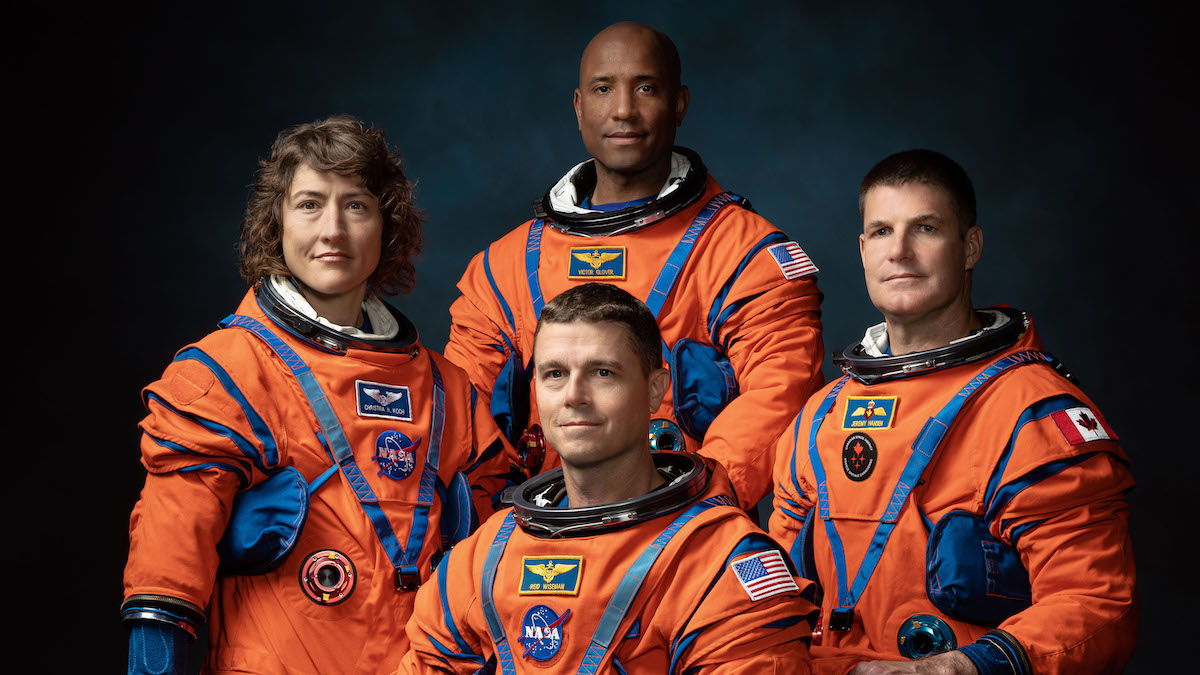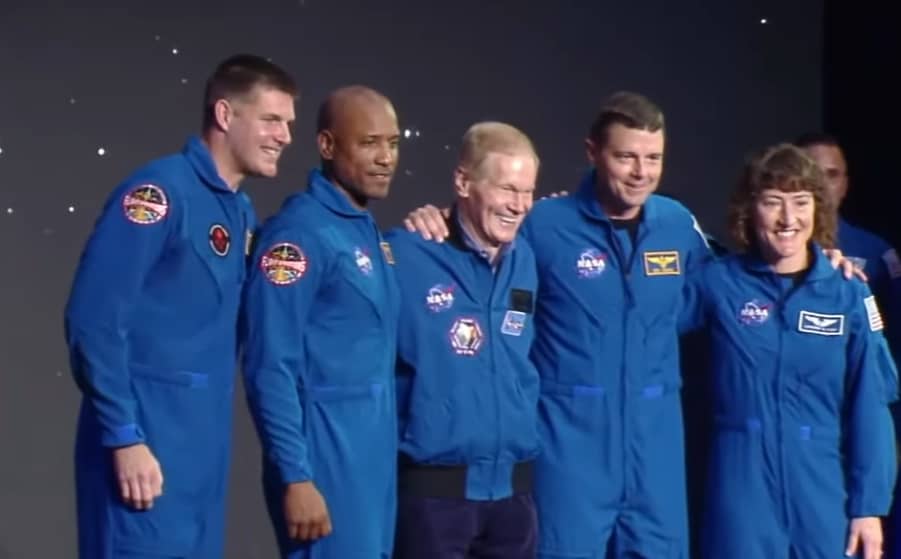SpaceX’s giant new rocket blasted off on its first test flight Thursday but exploded minutes after rising from the launch pad and crashed into the Gulf of Mexico.
Elon Musk’s company was aiming to send the nearly 400-foot Starship on a round-the-world trip from the southern tip of Texas, near the Mexican border.
The plan called for the booster to peel away from the spacecraft minutes after liftoff, but that didn't happen. The rocket began to spin out and then exploded four minutes into the flight, plummeting into the Gulf. After separating, the spacecraft was supposed to continue east and attempt to circle the world, before crashing into the Pacific near Hawaii.
No people or satellites were aboard for this debut launch.
Get a weekly recap of the latest San Francisco Bay Area housing news. Sign up for NBC Bay Area’s Housing Deconstructed newsletter.
Throngs of spectators watched from South Padre Island, several miles away from the Boca Chica Beach launch site, which was off limits. As it lifted off, the crowd screamed: “Go, baby, go!”
“I've been waiting for this, really, for years,” said Bob Drwal, a retired engineer who drove down from Chicago with wife Donna.
The company plans to eventually use Starship to send people and cargo to the moon and, eventually, Mars. NASA has reserved a Starship for its next moonwalking team, and rich tourists are already booking lunar flybys.
It was the second launch attempt. Monday’s try was scrapped by a frozen booster valve.
A stuck booster valve scrapped Monday’s try. Hundreds of space fans returned to the launch site at Boca Chica Beach on the eve of the second launch attempt, snapping more selfies.
At 394 feet and nearly 17 million pounds of thrust, Starship easily surpasses NASA’s moon rockets — past, present and future. The stainless steel rocket is designed to be fully reusable with fast turnaround, dramatically lowering costs, similar to what SpaceX’s smaller Falcon rockets have done soaring from Cape Canaveral, Florida. Nothing was to be saved from the test flight.
The futuristic spacecraft flew several miles into the air during testing a few years ago, landing successfully only once. But this was to be the inaugural launch of the first-stage booster with 33 methane-fueled engines.



